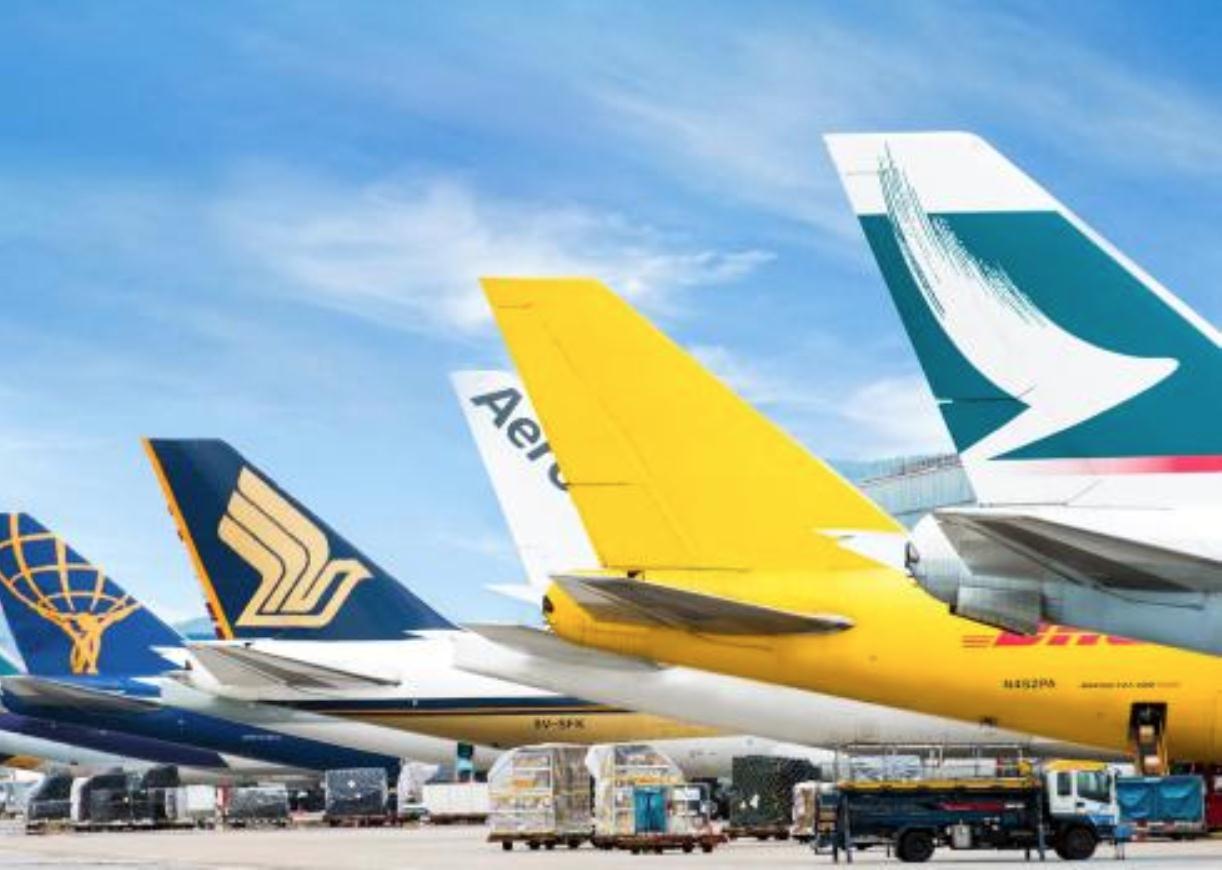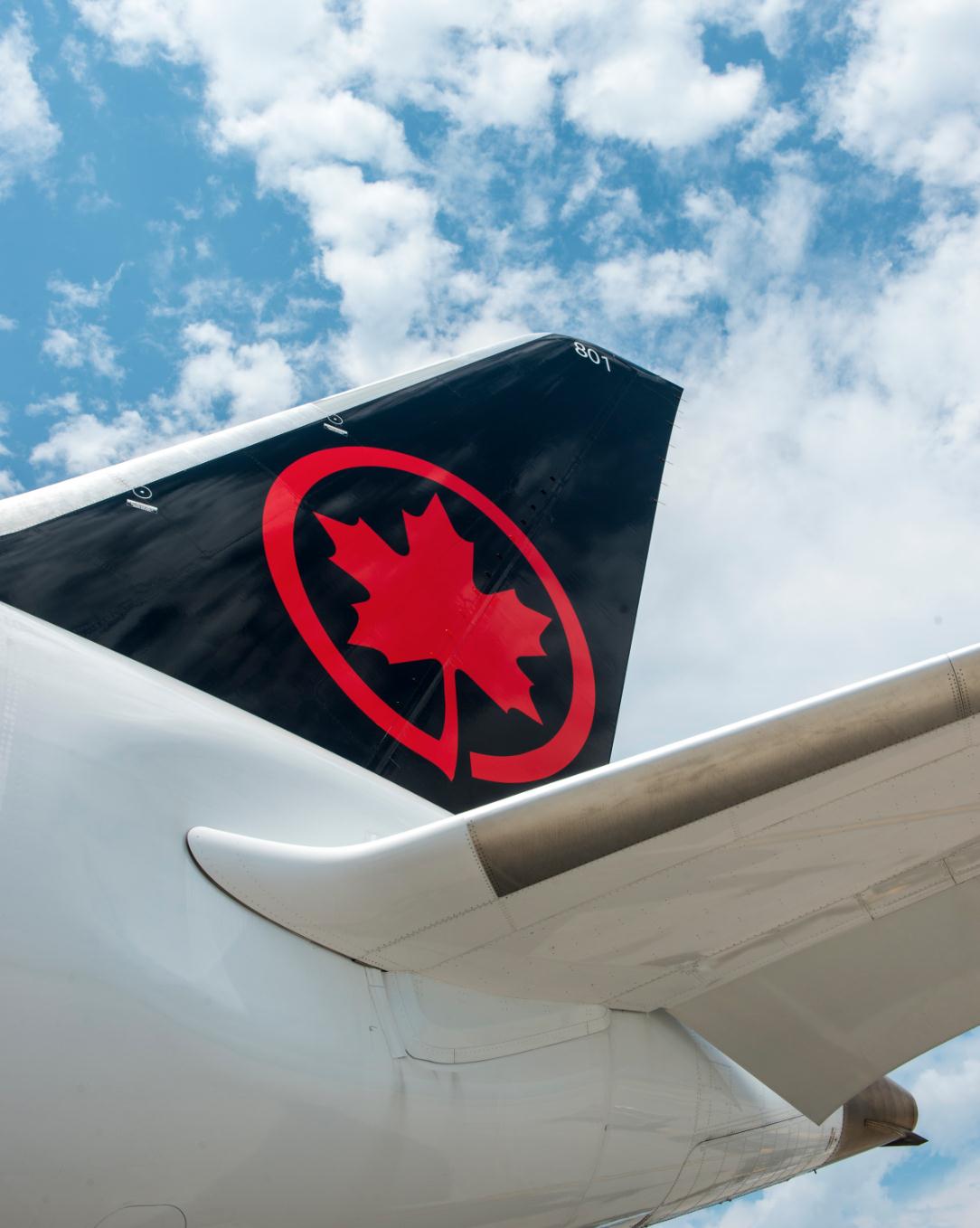In early June Hong Kong International Airport (HKIA) took a decisive step forward in its plan to assert itself as one of the world’s leading hubs for e-commerce. The airport authority awarded the contract to develop and manage a premium logistics centre dedicated to e-commerce to a joint venture led by Cainiao, the logistics arm of the Alibaba Group. YTO Express and China National Aviation Corporation are also participants in the venture.
The group is tasked with designing, building, financing and managing the new facility that will be located in the airport’s South Cargo Precinct. Cainiao intends to spend US$1.5 billion on the centre, which will cover a floor area of 380,000 square metres on a 5.3-hectare plot. Scheduled to come on stream in 2023, it will be able to handle tens of millions of packages a year and boost the airport’s throughput by some 1.7 million tons of cargo per annum, according to Cainiao.
HKIA, the world’s busiest cargo airport for the past eight years, has identified e-commerce as one of three strategic pillars for growth, next to transhipments and high-value cargo. The addition of a third runway in 2024 and more road feeder traffic through the opening of the Hong Kong-Zhuhai-Macau bridge later this year are other key planks for the airport authority’s growth plans.

HKIA was the world’s first airport to break through the 5-million-tonne barrier, thanks to a 9.4% rise in throughput last year. In the first five months of this year tonnage rose 5.1%.
HKIA’s profile in Cainiao’s international network rose in May with the launch of an air freight route between Hong Kong and Belgium. Earlier this year the logistics operator launched an air freight link between Hangzhou and Moscow.
The company’s declared objective is to establish single-day delivery across China and 72-hour delivery around the world. To this end, it plans to set up global five hubs, which it recently revealed on its Alizila website. They are Hangzhou, Dubai, Kuala Lumpur, Liege and Moscow.
Only a few days after the announcement in Hong Kong, Cainiao signed an MoU with Emirates SkyCargo to develop the Middle Eastern carrier’s Dubai base as a hub.
Around the globe the rapid growth of e-commerce is forcing carriers, handlers and airport authorities to take a second look at their existing cargo infrastructure. Not only does the surge in volume threaten to overwhelm many facilities, but many of the existing cargo terminals are not geared to handle this type of traffic.
In the US much of the existing warehousing capacity is not suited to meet e-commerce demand, according to real estate firm CBRE. Moreover, much of the existing cargo infrastructure is outdated, with only 11% of the current capacity built during the last 10 years.

In some markets the dominant carriers have taken the initiative. Air Canada Cargo is in the process of overhauling its Toronto hub, with a high emphasis of improved connectivity and better capabilities to handle high-yield and express traffic. The carrier aims to double its capacity, which it intends to achieve through a new handling system, the facility itself and the use of technology to facilitate and speed up processes and flows.
At its Heathrow hub IAG Cargo is building a US$71 million premium facility steered by an advanced warehouse management system to cater to express and pharmaceutical and other high-yield traffic.
Air France-KLM-Martinair is spending US$46.6 million on a new express sorting system that can process over 2,000 items an hour. It is designed to handle mail, express and pharmaceutical shipments. The airline has been developing a same-day product on intra-European routes for which it is going to use the baggage system at Amsterdam Schiphol.
Alex Allen, managing director of the WCA e-commerce Network, stressed the need for the operators in the supply chain to work together. Airlines should work more closely with their handlers to clear and move e-commerce traffic at destination to cut out processes and external interfaces and reduce excess transit distances, he remarked.
Amsterdam Schiphol has worked together with Dutch customs to facilitate e-commerce flows. Two years ago, the agency introduced a simplified e-commerce declaration form to help shippers move items purchased on e-commerce platforms. On the other side of the Atlantic, the Columbus Regional Airport Authority obtained approval earlier this year for an expedited customs clearance facility at Rickenbacker, the city’s designated cargo airport.
The move, together with lack of congestion and fast processing times, has attracted forwarders and carriers looking to avoid the bottlenecks at major gateways, which have been struggling with volumes at peak times.
Amazon is spending about US$1.5 billion on the expansion of its US hub in Cincinnati, which reflects a preference for smaller, less congested airports for dedicated freighter networks. On the other hand, e-commerce has set in motion a trend to move distribution facilities closer to the large population centres, which tilts the playing field in favour of the large hubs.
Moreover, connectivity is a massive factor for e-commerce flows. And for the passenger airlines, it means they can bring their narrowbody fleets into play. These factors point to continued development of e-commerce capabilities at major international hubs.
By Ian Putzger
Air Freight Correspondent | Toronto



